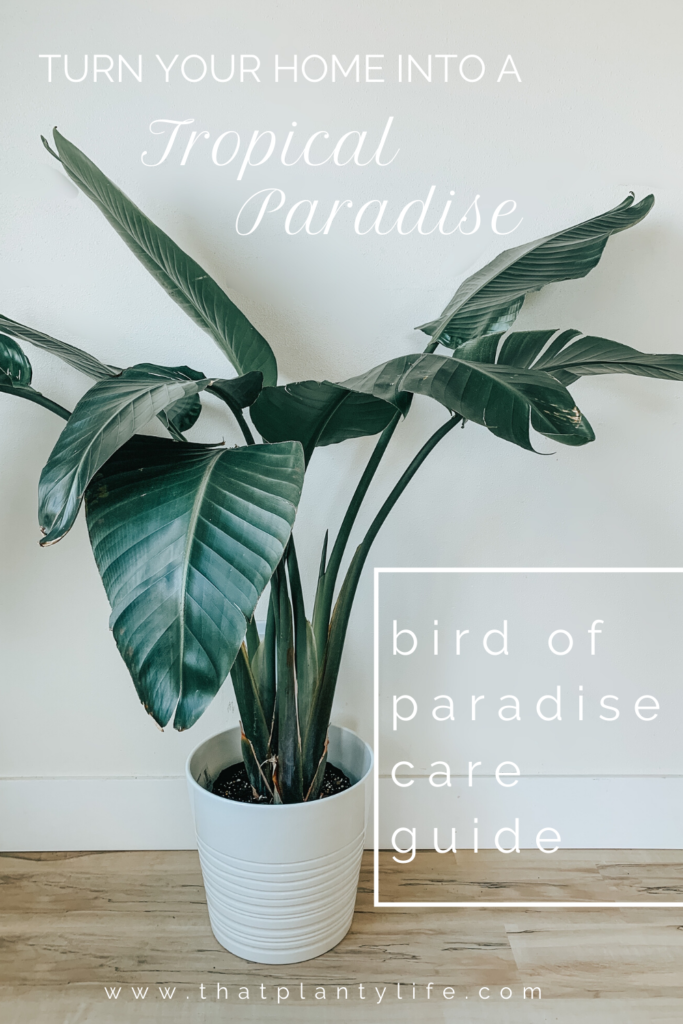
The Perfect Plant to Turn Your Home into a Tropical Paradise
I am so excited about the plant that we are featuring this month! This houseplant is extra special to me because it was my very first wishlist plant! In college, I ended up taking a houseplants class to fulfill a credit I needed to graduate, best decision ever. Anyways, one day we had our class in the university greenhouse. As soon as I walked in I laid my eyes on this ginormous plant, I was instantly obsessed. I’m a sucker for huge houseplants and this plant’s extra-large leaves melted my heart immediately. It took me another seven years before I would finally have the space I needed and appropriate conditions to be able to care for this plant but it was truly worth the wait!
Introducing… The Bird of Paradise
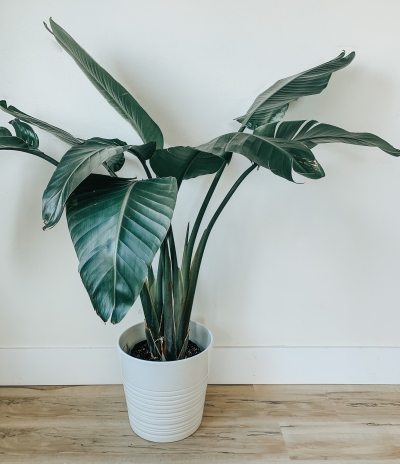
Plant Level: Intermediate
Winner of the most tropical houseplant award (awarded by us)
Cost: $20-$100+
Bird of Paradise
The Bird of Paradise plant comes in many different varieties. The Strelitzia reginae, the orange Bird of Paradise, and Strelitzia nicolai, the white Bird of Paradise, are the varieties that can be grown indoors as houseplants. Originating from South Africa these queens can reach heights of 20-30 feet! Growing indoors they won’t tower this tall but will still grow to about 5-8 feet. This regal plant received its name because of its unique flowers that look strikingly similar to exotic birds.
Ready to turn your home into a tropical paradise with just one plant? Let’s find out everything you need to know to have a thriving Strelitzia!
Light:
This tropical beauty thrives in a bright, sunny spot. It can flourish in direct sunlight down to bright, indirect light. It loves some direct sunlight during the day but avoid the midday rays which can burn its leaves. Rotate your planty friend every so often to ensure even growth. If you need to supplement its light just buy a grow light to help keep your Bird of Paradise happy.
This plant can also enjoy living outside in the right weather conditions. It can withstand temperatures down to 30 degrees Fahrenheit. I kept mine outside on my deck last summer and moved it indoors for the winter.
Water:
Keep the soil of this plant moist but never soggy. Water when the top one or two inches of soil are dry. During the summer months, you may need to water more frequently than during winter. If you’re new to houseplants you can purchase the moisture meter that we use to help us know when it’s time to water.
Watering is also a great time to inspect your plant. Take time to dust off those giant leaves so it can soak in as much sunlight as possible. If you notice that the leaf tips are browning try using distilled or rainwater to water your plant. You can also leave your water out overnight to help dissipate some of the chlorine in your tap water.
Soil:
The Bird of Paradise isn’t too picky about its soil. Get a well-draining quality houseplant soil and you should be all set.
Humidity:
The Bird of Paradise can adapt to normal household humidity levels but as a tropical plant, it loves a little added humidity. Place near a humidifier or mist every couple days to give it a boost.
Fertilizer:
Use a quality houseplant fertilizer to fertilize spring through fall.
Toxicity:
Mildly toxic to pets and humans so make sure to keep it safe from curious mouths. If you’re looking for a non-toxic houseplant check out this blog post that has so many options!
Extra Considerations:
Why are the leaves on my Bird of Paradise splitting?
If you notice the leaves on your plant are starting to split no need to worry this is completely natural and normal for this plant. In nature, these splits help the plant to distribute light throughout and remain safe during windy weather as it can pass through the leaves more easily. Older leaves are more likely to split and can be pruned off as new growth fills in if desired.
Where are the new leaves?
New leaves emerge from the center of this plant. They come up looking like spears that will slowly unfurl in the center of the plant.
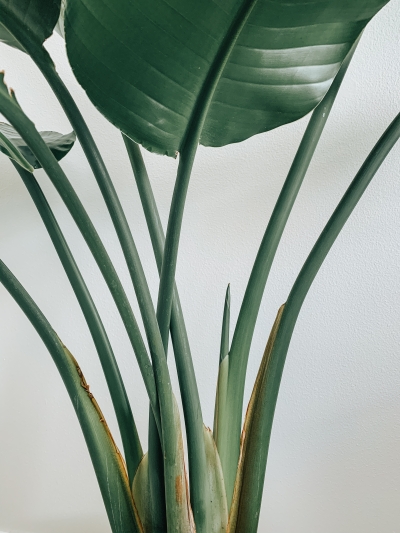
Will it flower?
Flowering indoors is rare. Usually, you can’t mimic its ideal outdoor conditions in your home which makes it more difficult for it to flower indoors. These plants also need to be mature in order to flower. If you give it lots of time, light, humidity, and warmth you might have a chance. If you live in the right climate plant outdoors and you’ll be sure to see some blooms.
This gorgeous plant is the perfect place to start if you want to make a huge statement without having lots of plants in your home… just yet anyway.
Get Your Bird of Paradise Here
Interested in finding more plants to add to your collection? Check out our favorite plants to find the perfect plant for you! Also, don’t forget to subscribe so you never miss out on a new blog post!
Here’s Your Monthly Plantspiration Featuring the Bird of Paradise!
Pin It!
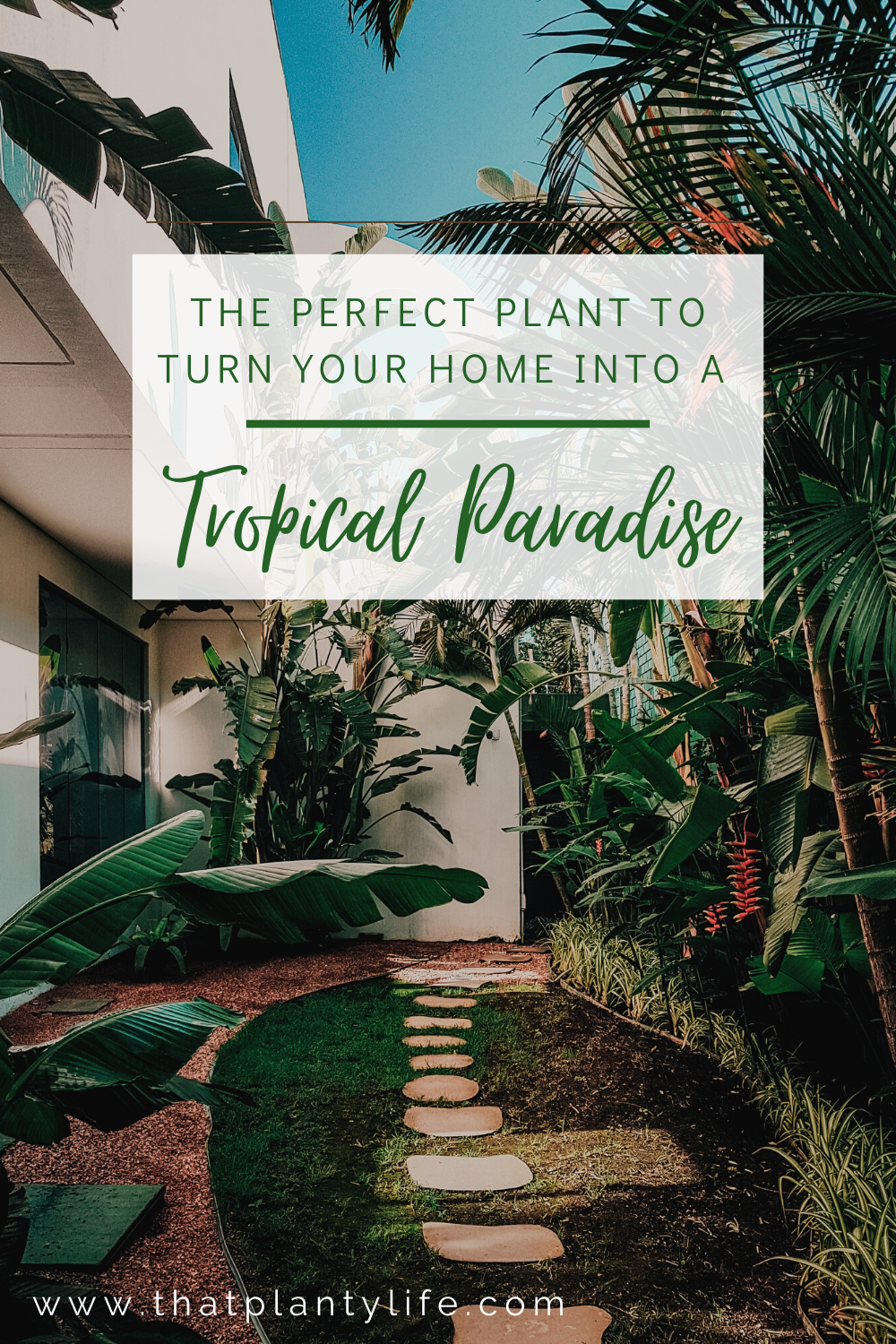
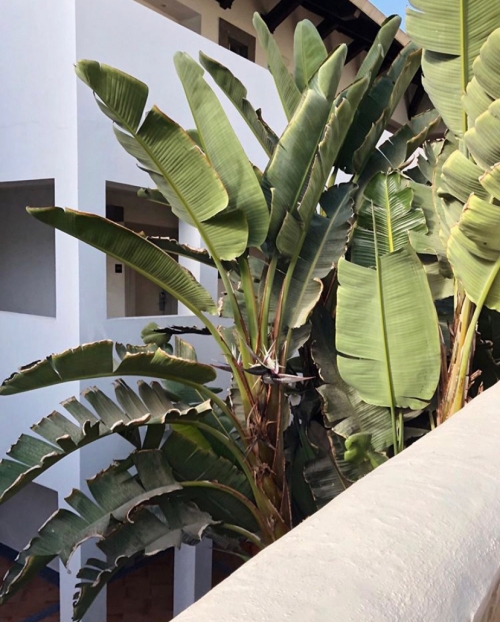
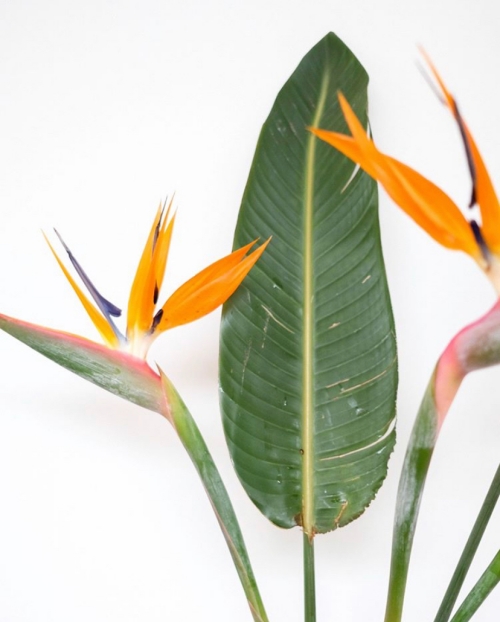
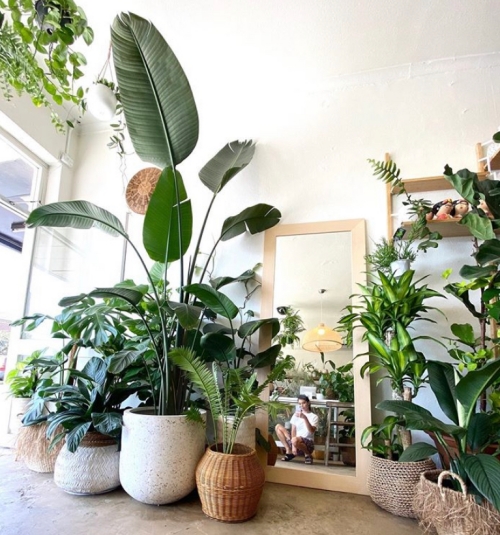
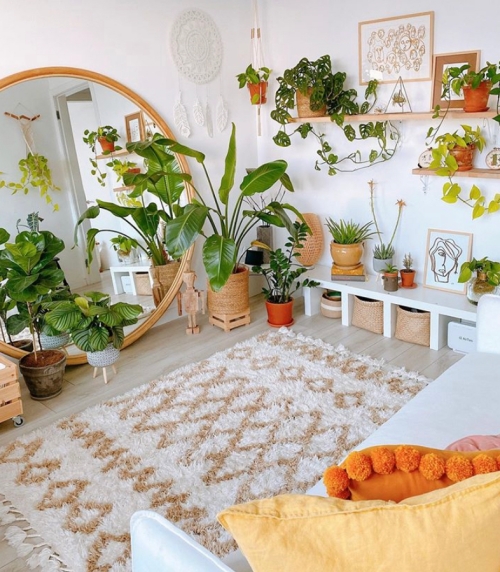
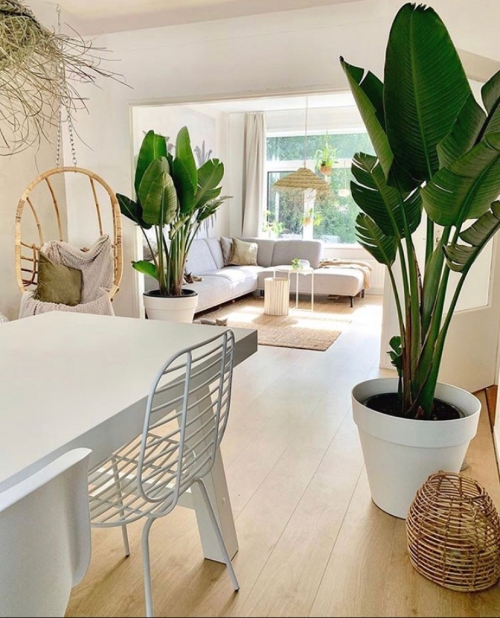
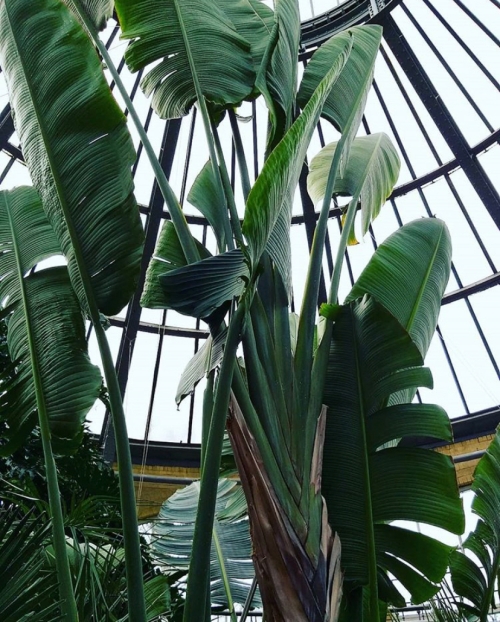
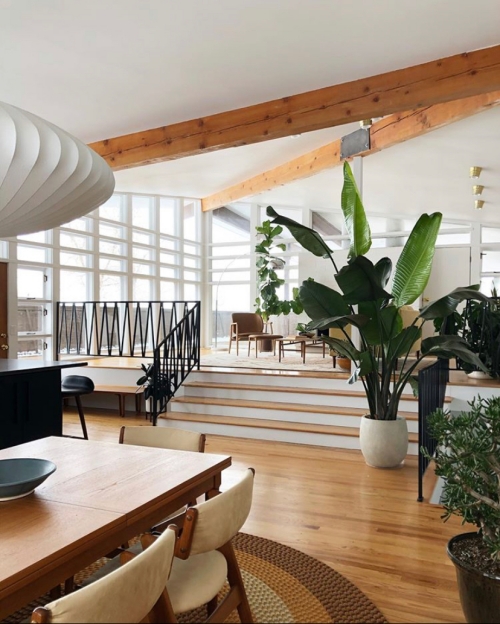
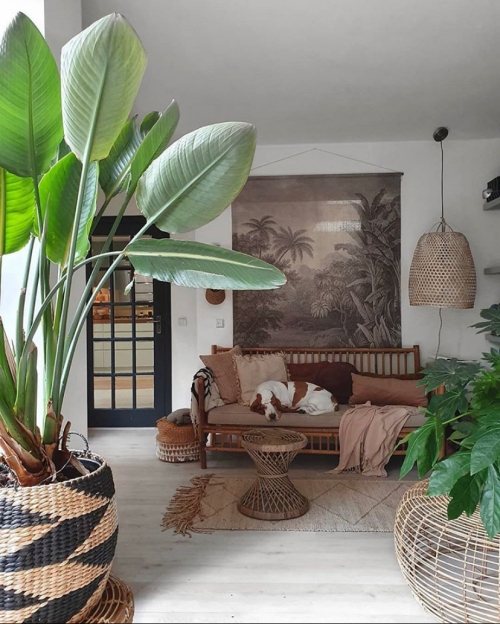
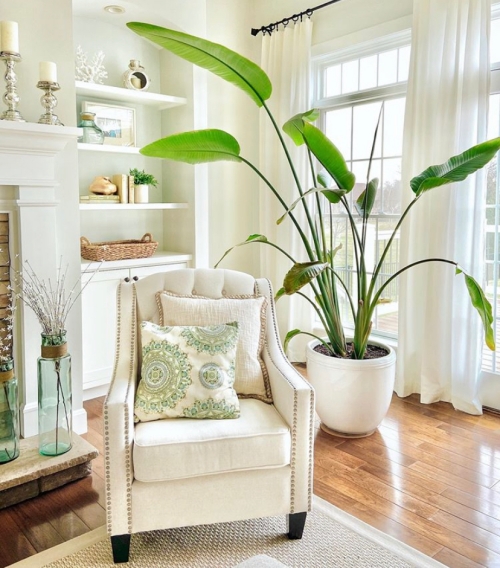
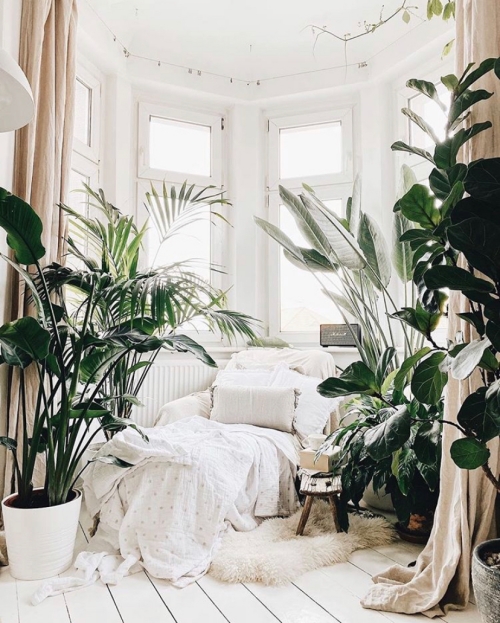
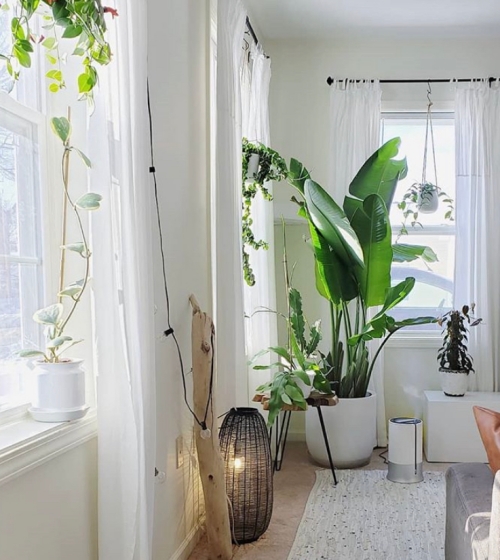
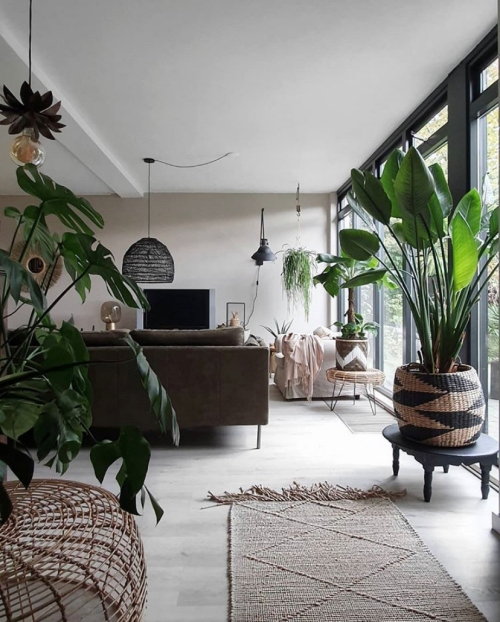
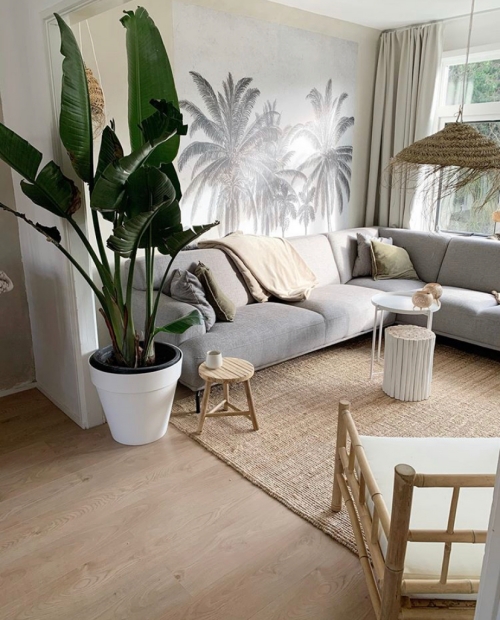
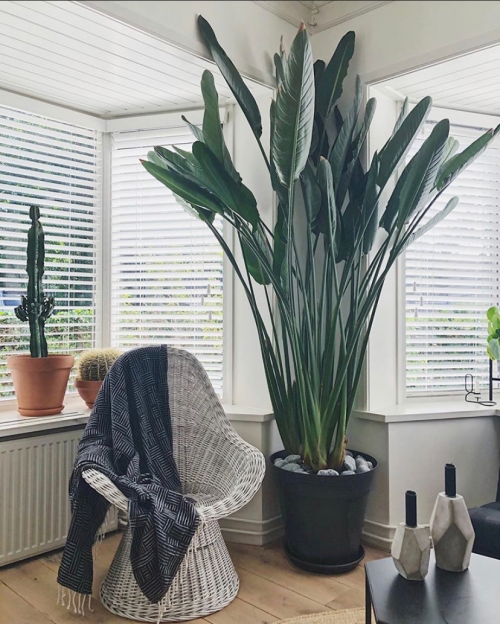



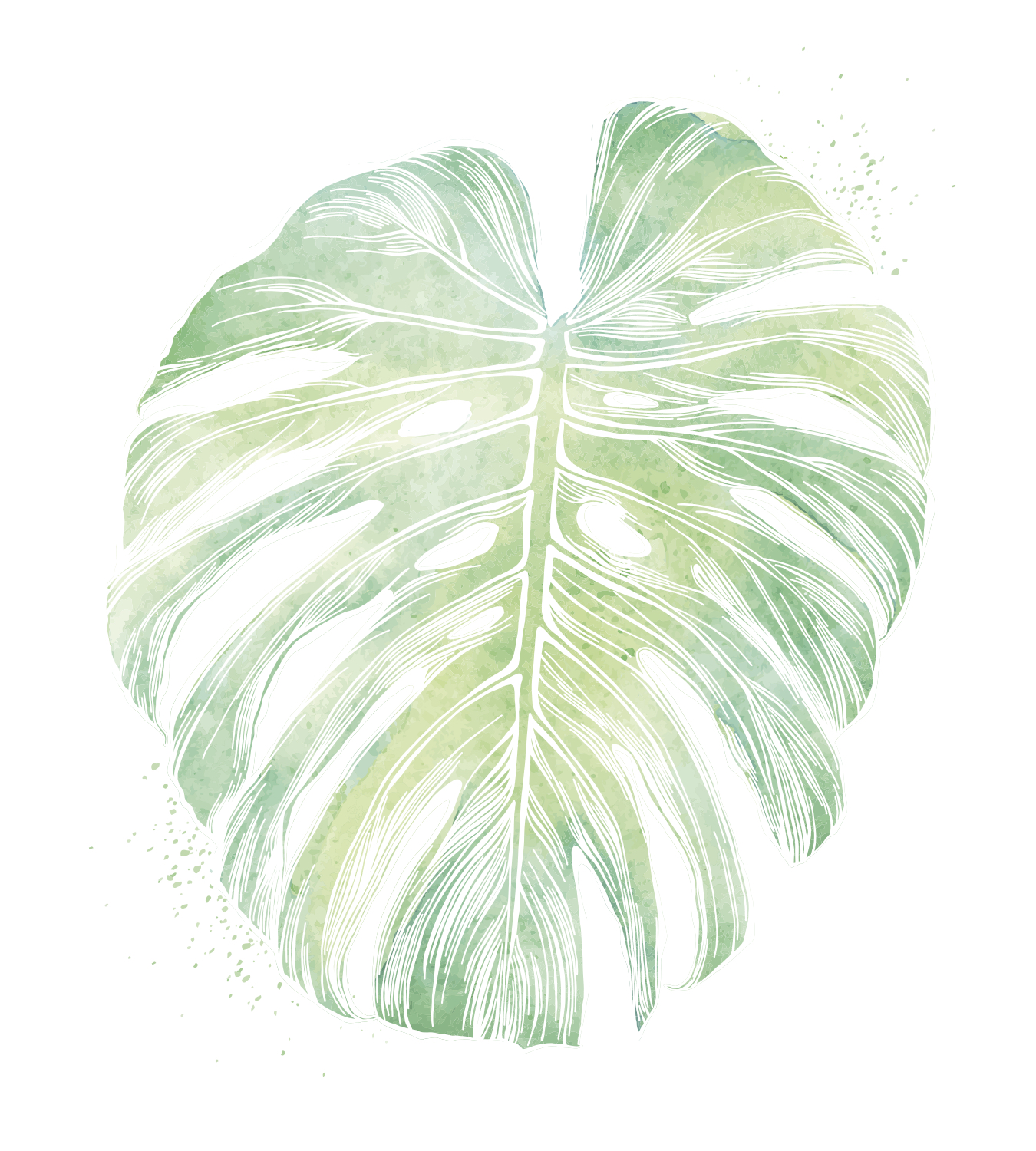
hello, I would like to know what are the “correct” soil moisture values for this plant to be measured with the meter. thank you!
Are you wondering what level it should be on if it needs to be watered?